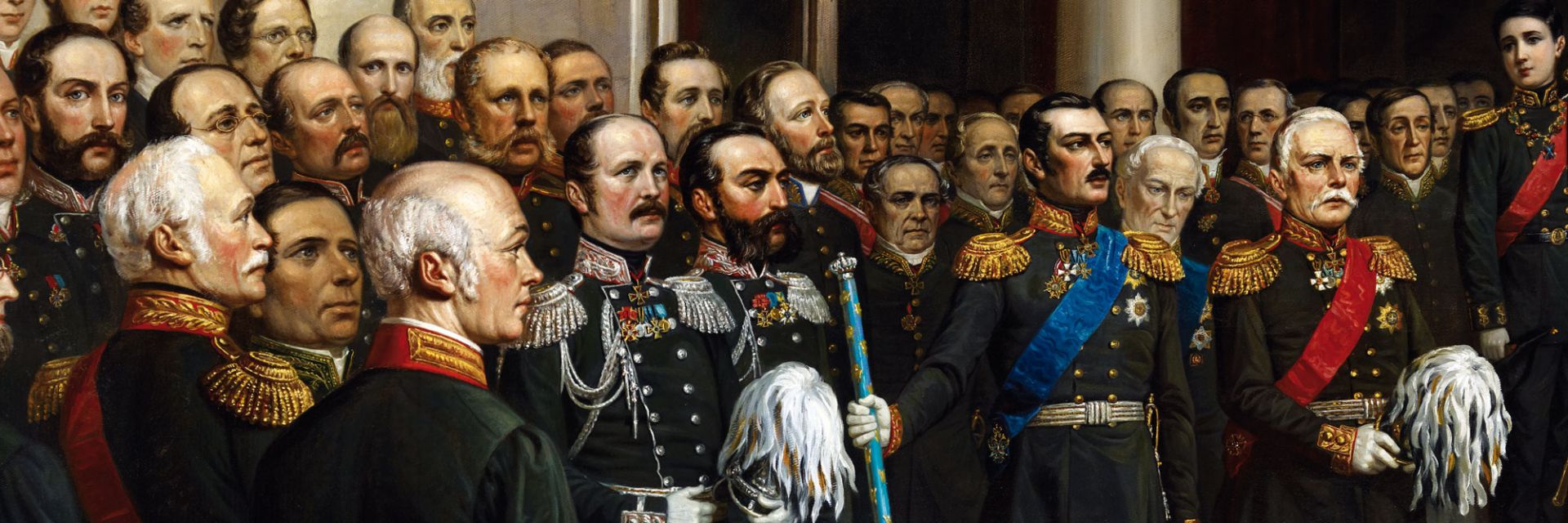
Nobility today
The privileges enjoyed by the knighthood and the nobility on account of the Noble Rights Act of 1723 primarily concerned tax exemption. The residual effects of the Act were finally repealed in 1920 when a new Income and Property Tax came into effect in Finland. However, although they have lost their economic privileges and political power, the families continue to live on, preserving their rich cultural tradition. The goal of the House of Nobility is to foster this historical heritage by promoting genealogical studies into noble families, for example, and looking after the building which is jointly owned by the noble families and the House of Nobility.
General Assembly of the Nobility arranged every three years
The present-day activities of the House of Nobility are based on the Act of 1918, which was approved by the Regent of the newly independent Finland, C.G. Mannerheim. In accordance with the Act, the General Assembly of the Nobility is organised every three years, with one representative from each family, usually the head of the family, in attendance. The General Assembly of the Nobility is the highest organisational body of the nobility, and it is responsible for planning the activities and electing the Board of Directors, which consists of seven members and five deputy members. The Secretary General acts as secretary for the General Assembly as well as for the Board.
Office
The office, overseen by the Chancellor, carries out the daily operations of the House of Nobility, while Chief Genealogist is responsible for updating the Pedigrees of the noble families. The office staff also include an Amanuensis, a Clerk and a Caretaker.
Please see here for contact information
The nobility in Europe
Institutions that correspond directly with the Finnish House of Nobility only exist in Sweden. Other European countries, such as Great Britain, the Netherlands, Belgium and Spain, each have their distinctive public institutions for the nobility.
